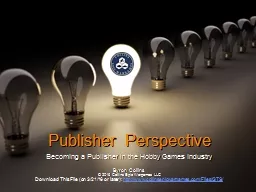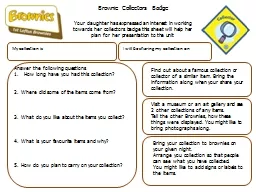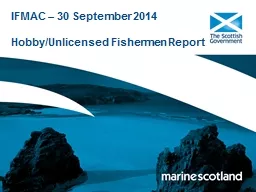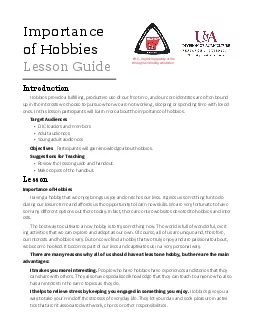PPT-Publisher Perspective Becoming a Publisher in the Hobby Games Industry
Author : tatiana-dople | Published Date : 2018-02-21
Byron Collins 2016 Collins Epic Wargames LLC Download This File on 32116 or later httpwwwcollinsepicwargamescomFilesGTS Overview Q What is a Hobby Games Publisher
Presentation Embed Code
Download Presentation
Download Presentation The PPT/PDF document "Publisher Perspective Becoming a Publish..." is the property of its rightful owner. Permission is granted to download and print the materials on this website for personal, non-commercial use only, and to display it on your personal computer provided you do not modify the materials and that you retain all copyright notices contained in the materials. By downloading content from our website, you accept the terms of this agreement.
Publisher Perspective Becoming a Publisher in the Hobby Games Industry: Transcript
Download Rules Of Document
"Publisher Perspective Becoming a Publisher in the Hobby Games Industry"The content belongs to its owner. You may download and print it for personal use, without modification, and keep all copyright notices. By downloading, you agree to these terms.
Related Documents














